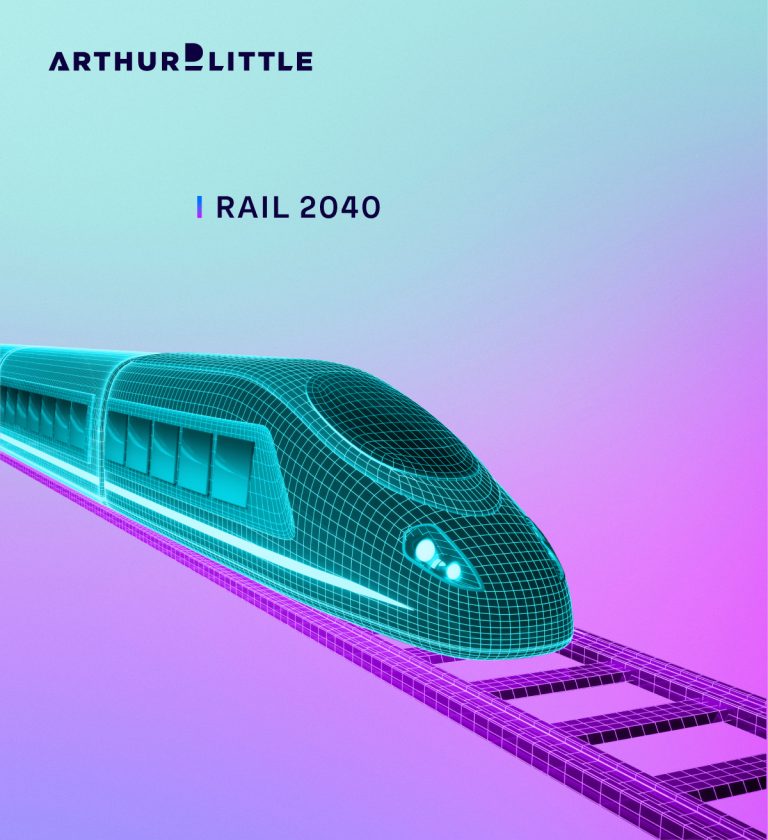New Report Highlights Key Trends and Future Potential in Rail Transport
Arthur D. Little (ADL) has released its latest comprehensive report, Rail 2040, which delves into transformative trends reshaping the rail industry. The report evaluates the current market environment and provides a forward-looking perspective on the future of rail transport over the next two decades. This in-depth analysis includes eight case studies that investigate competition, regulatory impacts, and performance metrics across various regions.
ADL, with its extensive history of advising global railway systems, offers this report based on a thorough review of global trend analyses and direct insights from industry clients. The Rail 2040 report builds on ADL’s long-standing expertise and its commitment to tracking advancements in rail transport.
Key Trends Shaping the Future of Rail
Across Europe, national rail markets share common goals to enhance rail transport for both freight and passengers. The growing demand for efficient movement of goods and people underscores the need for rail systems that can meet these requirements. Rail transport stands out for its energy efficiency and environmental benefits compared to road transport. For instance, the French TGV consumes between 3-4 kWh of energy per 100 km, whereas an electric car consumes 15-20 kWh for the same distance. High-speed rail lines can transport twice as many passengers as a bidirectional three-lane highway, while consuming less land.
To harness the full potential of rail transport, several critical issues must be addressed:
- Regulatory Framework: Determining the optimal regulatory framework to position rail as the preferred mode of transport for modern mobility services is essential. The right policies can enhance rail’s competitive edge.
- Funding Mechanisms: Identifying effective funding mechanisms is crucial. Both public and private investments need to be strategically channeled to foster growth and spur innovation in the rail sector.
- Multi-Stakeholder Ecosystems: Encouraging the development of multi-stakeholder ecosystems is vital for creating integrated mobility systems. Collaboration among various stakeholders can lead to more cohesive and efficient rail networks.
Challenges and Opportunities
Rail’s market share tends to be high when it is the most efficient mode of transport, especially for journeys of up to four hours. However, to increase its modal share, rail must expand its reach to longer distances. This expansion involves several key investments, including the construction of new high-speed lines, the extension of existing services, and the revival of night trains.
Michael Zintel, Partner and Head of Global Rail at ADL, notes, “While the rail industry has traditionally experienced slower technological progress relative to other transportation sectors, emerging trends and advancements suggest that the next decade could significantly accelerate its development, such as accelerated green transitions, technological breakthroughs, and heightened regulatory focus suggest that the next decade could be a transformative period for rail. We may very well be entering what could be termed the ‘Rail Decade.’”
Rail Industry
The Rail 2040 report underscores that the coming years hold substantial promise for the rail industry. As governments and public transport authorities grapple with the aforementioned challenges, the ability to effectively address these issues will determine the future trajectory of rail transport. By focusing on regulatory improvements, innovative funding solutions, and collaborative ecosystems, the rail industry can unlock new growth opportunities and cement its role as a key player in the future of global mobility.
